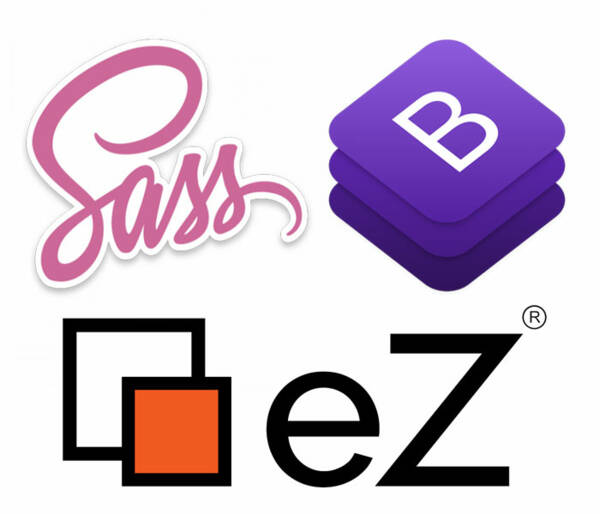I first came across SendGrid while configuring a Google Cloud Compute Engine instance. Google blocks standard SMTP ports and suggests users route mail through third-party e-mail delivery services like SendGrid. These services offset the work of maintaining IP-based e-mail reputation and provide additional tools for contact management, e-mail marketing, and compliance with CAN-SPAM requirements.
With a sleek, modern UI, well-documented web API, and helper libraries in seven languages, SendGrid stands out in this space. Though it does not bill itself as a marketing automation platform, SendGrid’s rule-based segmentation, white-label click-tracking, inbound parse webhooks, and transactional messaging -- all free -- are comparable to Bronto, Oracle’s enterprise marketing automation platform.

In the realm of digital publishing, there’s no shortage of creative ideas, but not every business idea is suitable for magazine publishers. Sometimes it’s prudent to stick with tried and true innovations, or to emulate those who have had proven success.
Like many magazine publishers, Habitat Magazine has a long history of creating quality content targeted to its specialized audience: property managers and condo board members in the New York area. But, with its potential audience maxing out at about 7,500 subscribers, Habitat has had to get creative with digital media opportunities that have enabled it to repurpose and leverage its content in order to grow.

If you deliver print content such as a magazine or newsletter to a subscribed user base, you should be targeting a digital solution.

As a project manager on a web project, you have to be the hub for editors, marketers, developers, designers, IT staff, clients, and a plethora of other stakeholders as the team works together to plan, build, and launch the website or application. While managing the people, scope, timeline, and budget, you need to find the most efficient way for everybody to get things done. The best way to achieve this is to make unblocking others your primary responsibility.
For most content-based websites, success comes down to a trio of critical metrics: traffic, engagement, and revenue. These success metrics can also be expressed as a conversion path: you drive traffic to your site via content and marketing strategies that engage your audience, and this converts to revenue via ads, sponsored content, paid subscriptions, or otherwise.
Dealing with permissions and security systems such as Security-Enhanced Linux (SELinux) is an issue that seems to challenge many developers. Some enterprise Linux distributions like Red Hat and CentOS come with SELinux enabled by default, but not knowing how SELinux works can lead developers to disable it. This is a mistake.
I recently did a performance review for a server setup running more than 200 websites. The infrastructure is hosted at Amazon Web Services (AWS). It contains multiple web servers behind multiple Varnish caching servers, uses Relational Database Service (RDS) for database storage, and uses Elastic File System (EFS) for storing assets like content images and documents. There were several areas of performance optimization to be done, which was a good development exercise and resulted in an improved user experience. Most importantly, though, the results also saved bandwidth; reduced the number of servers, number of CPUs, and amount of RAM required; and saved money! A faster site also improves SEO, which will drive more visitors / customers to your site, and will increase conversions.

Mugo Web puts emphasis on keeping its employees connected -- through good times and bad.

Building a relationship with a web development partner can be a lot like dating. In the early days of your relationship, you’ll be talking to your web developer frequently, getting to know their strengths and weaknesses, and hoping they’ll be reliable, trustworthy, and ultimately live up to your expectations.

We’re often asked which content management system we would recommend for small businesses, non-profits, enterprise clients, magazines, book publishers, etc. We’ve written a lot about our favourite content management system (eZ Publish / eZ Platform), which we’ve used for countless sites of various sizes and levels of complexity in a wide variety of sectors.
But we know there are a lot of content management systems that you’ll likely consider when launching or redoing your website, and we understand that every organization wants to ensure they get the best fit for their particular vertical and needs.

Writing CSS (Cascading Style Sheets) is critical to effectively describe how HTML elements must be displayed on a web page to define styles, design, layout, and everything you need to create a stunning website. But when you start working with large, complex sites, you might start to wonder if CSS could be better. If you are having these thoughts, congratulations! Your SASS time has come.